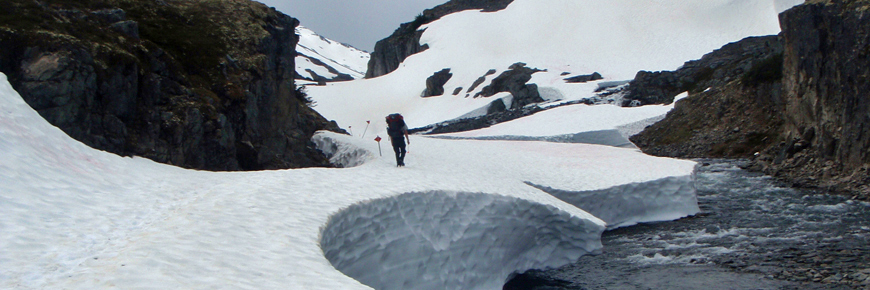
Safety and guidelines
Chilkoot Trail National Historic Site
Be aware and prepared for the hazards you may encounter. A safe and enjoyable trip on the Chilkoot requires careful planning. You must be well equipped, self sufficient and in good physical condition as the terrain is rough and the weather often extreme. Plan your trip with the least experienced member of your group in mind.
Equipment
What equipment do you need to hike the Chilkoot Trail?
Important bulletins
Find a list of warnings, closures and alerts for Chilkoot Trail National Historic Site.
Visitor guidelines
Visitor use of the Chilkoot Trail is managed by policies that aim to ensure a quality experience which respect the heritage values of the site.
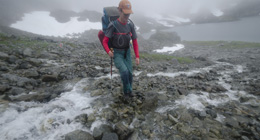
Trail hazards
Few trails offer more dramatic changes in climate, terrain and vegetation. Experience the challenges faced by those who traveled to the Klondike.
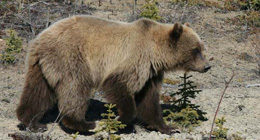
Bear safety
The Chilkoot Trail is located in an area home to both black and grizzly bears. Familiarize yourself with the principles and practices of safe travel in bear country.
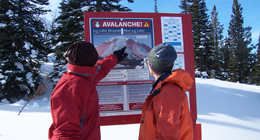
Winter safety
Winter backcountry users should know how to recognize natural hazards and minimize risks by pre-trip planning, and carrying appropriate safety equipment.
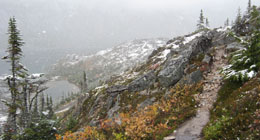
Fall hiking
Outside of the summer hiking season the route is unmarked. Fall hikers need to be self sufficient and accept a high level of responsibility for their own safety.
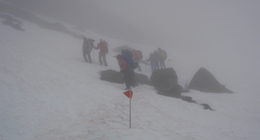
Emergencies and communication
In the event of an emergency you should be prepared for lengthy delays due to poor weather conditions and/or the availability of aircraft and/or rescue personnel.
Emergency Contact Numbers
Klondike Gold Rush National Historical Park, Alaska
NPS Emergency Dispatch
1-907-683-2276
Chilkoot Trail National Historic Site, British Columbia
Parks Canada Emergency Dispatch
1-877-852-3100
1-780-852-3100 (if calling from a satellite phone)
- Date modified :